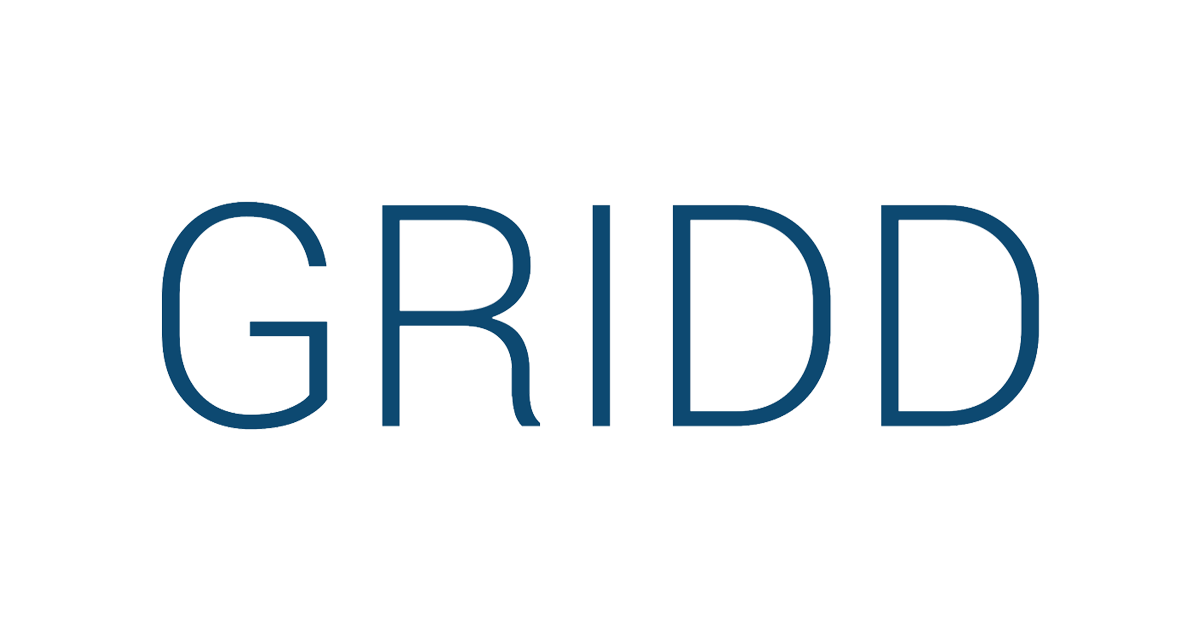The potential of digitization for sustainable regulatory compliance in the built assets industry
Abstract
Building regulations are fundamental to ensuring a safe and sustainable built environment, essential for public safety, environmental protection, industry fairness and quality assurance. This summary looks at the many facets of the importance of building regulations, highlighting their impact on safety, environmental responsibility, industry fairness and overall quality. Although building regulations set essential standards for design, construction and maintenance, ensuring full regulatory compliance and adapting to changing needs remains a challenge. This study examines the potential of digital twinning and building information modeling (BIM) technologies to improve regulatory compliance within the Canadian construction industry. We seek to understand how these technologies can improve safety, environmental responsibility and operational efficiency. We analyze building regulations in four Canadian provinces: Quebec, Ontario, British Columbia and Alberta. We examine how each province adapts regulations to its unique economic, social and environmental context. We are also studying the impact of Digital Twin and BIM technologies on the regulatory frameworks of these provinces. Our analysis reveals that Digital Twin’s real-time simulations and BIM’s detailed digital models can significantly improve safety, support risk assessment and ensure regulatory compliance. What’s more, these technologies have the potential to improve environmental responsibility and operational efficiency. This research provides valuable insights into the interaction between building regulations and digitization.
Project results
Project contributions
Research team
The project team :
Similar research
Explore our research in more depth by exploring these related studies and resources:


